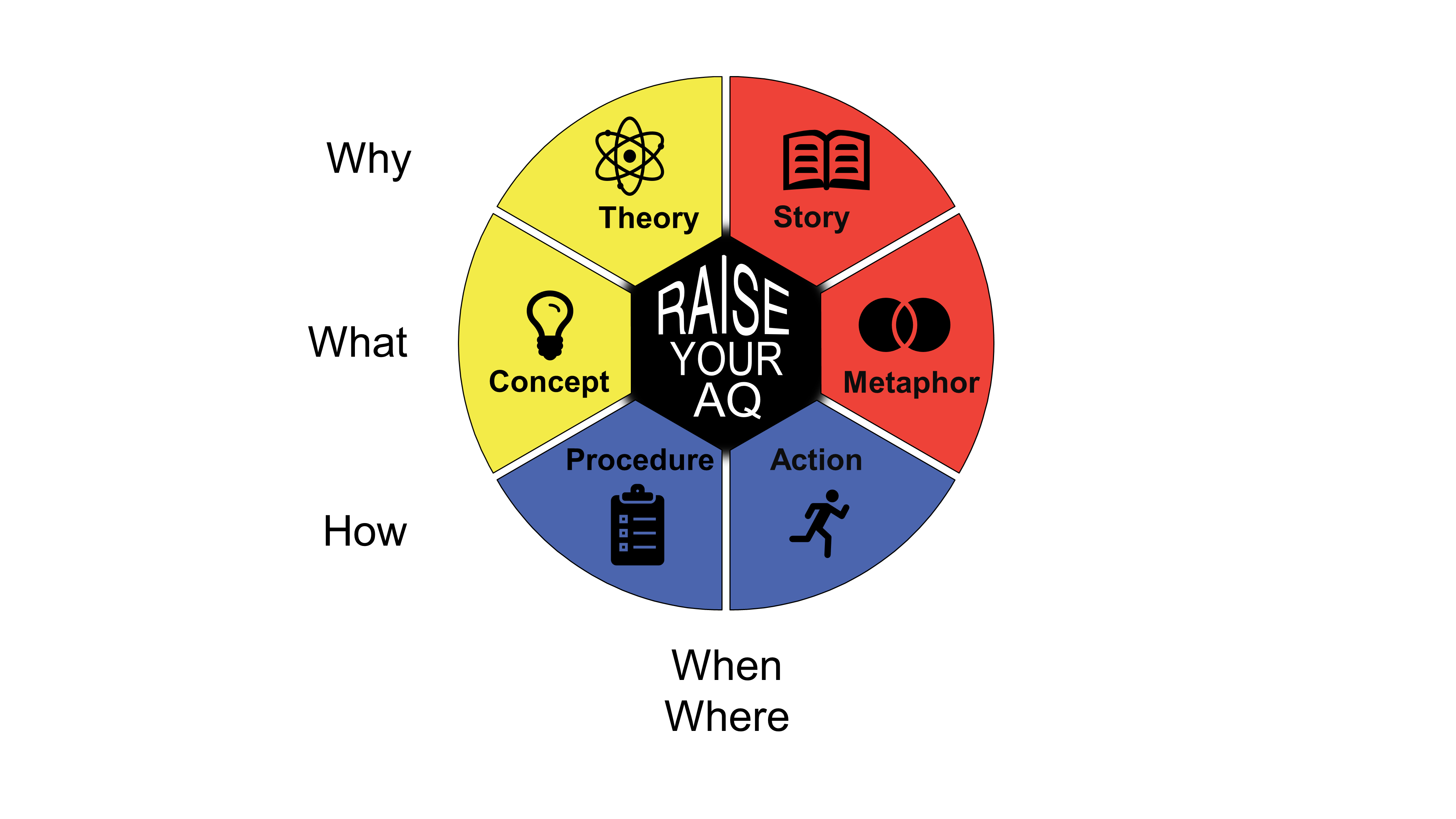The CEO is responsible for the overall success of their organization by making top-level managerial decisions. Once these decisions are made, the CEO must advocate and communicate these decisions to others.
The CEO communicates decisions to the board, in senior leadership meetings, town hall meetings, and in one-on-one conversations. From a communication perspective, each of these conversations involve questions. There are many taken for granted question-frameworks to help CEOs anticipate important questions, such as the 6WH questions (why, what, when, where, who, how), or open and closed-ended questions. This is helpful, but if a CEO is to advocate for important decisions, it is important they get the answers correct.
My research identified six answers that CEOs must be prepared to provide to important why, what, and how questions. Consider three illustrative questions and CEO responses.
What is our vision?
Why do our employees work for us?
How do we work?
What is our vision? CEO concept and metaphor answers
In 2012, Reed Hastings, CEO of Netflix, n 11-page memo to employees. He said, “We don’t and can’t compete on breadth with Comcast, Sky, Amazon, Apple, Microsoft, Sony, or Google. For us to be hugely successful, we have to be a focused passion brand. Starbucks, not 7-eleven. Southwest, not United. HBO, not Dish.”
The focus of this excerpt is heavy upon a metaphor comparing passionate companies (Starbucks, Southwest, HBO) to those that are not passionate (7-eleven, United, Dish).
Additionally, it is important to define the key concepts for the organization. In my book, I outline the brand building work of Paul Quaranto, CEO of Boston Mutual Life Insurance. Boston Mutual, like many insurance companies, is focused upon family as their brand. Concepts such as family or passion can be vague terms that are thrown out there without definition. This is not the case at Boston Mutual. Going back to the Great Depression, strong families that survived were those that were flexible, cohesive, and communicated well. This definition is specific and backed by the weight of social science studies over decades.
Why do our employees work for us? CEO theory and story answers
At Boston Mutual Life Insurance, the concept of strong family is transformed into a theory by identifying cause-and-effect. Employees work for Boston Mutual because they are a family that achieves goals for customers, fellow employees, and the broader community. Depicted as a simple cause-and-effect chain, Boston Mutual’s theory is:
Family à Goal Achievement
Survival was a basic goal of those in the Great Depression. Fast forward to today, first-generation college students graduate and achieve a goal for the entire family. With life insurance, the insured family member wants to pay for their own funeral and perhaps have some money to leave a legacy.
Once a theory is identified, the CEO can tell stories that are consistent with that theory. At Boston Mutual there are many stories that are shared by the CEO, to set the tone at the top. For example, a legendary story at Boston Mutual is when an insurance claim was paid before the death certificate was issued. The insurance claim was hand delivered via a short car ride to the family of the deceased. This story can be used to explain “flexibility” that occurs within Boston Mutual. The moral of the story is to be flexible and look beyond black-and-white procedures that would normally suggest a death certificate triggers an insurance claim payment.
A key to the CEO’s messaging is to pick the right story that is consistent with the theory, often called business strategy. For example, if you have a differentiation strategy at the department store Nordstrom, you may elevate an example into a story you retell to make a point. One legendary story at Nordstrom is where they accepted the return of a car tire, even though they don’t sell automobile parts at their stores. This could be a customer service story told to employees to promote a differentiation strategy:
Differentiation à Customer Satisfaction
How do we work? CEO procedure and action answers
The CEO does not get down into the weeds, but implementation (how work gets done) is the responsibility of the CEO. For example, a three-step procedure for a merger will provide comfort during a time of uncertainty.
CEOs need to point out high-quality actions as well. At Apple, Steve Jobs was famous for advocating for type font in the original Macintosh computer (an action in AQ terms).







